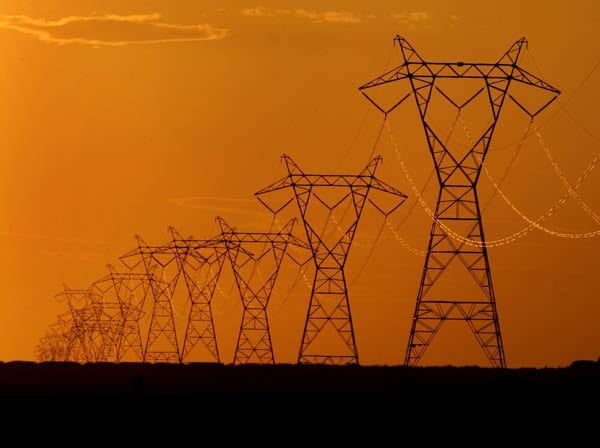Sometimes when you read stuff, you have to stop and blink and ask yourself, did I really just read that?
This opinion piece from the Courier Mail, the Murdoch-owned monopoly daily in the state of Queensland is a case in point. It’s in praise of high fixed electricity network charges, and it says that it is about time that rich households that use lots of electricity stop subsidising modest energy users and pensioners.
Yes, that’s what it says. It identifies a problem, and then shoots the wrong people.
As RenewEconomy has pointed out, the latest round of big spikes in fixed charges means that low energy consumers – pensioners in particular – are copping a massive lift in electricity bills, even as the bills for big energy users fall. They are being charged, the Courier Mail recognises, $477 a year before they even switch on a light.

For those using just 1MWh a year, the bill has doubled and they – the people who can least afford it, or those who have invested in solar and energy efficient appliances – are now paying the equivalent of 72c/kWh.
This is good, says state political roundsman Steven Wardill in his opinion piece, despite the fact that he recognises that the state has spent way too much on the networks, the poles and wires.
“They (the networks) either failed to forecast the improved efficiency of households and the slowdown in population growth, or they greedily expanded, knowing they get a guaranteed return on every dollar they spend. The truth is probably a bit of both,” he writes.
So who should pay for this? Most people would think it is not OK to pass on unjustified costs to consumers, but pricing regulators don’t seem too concerned. Wardill says that the big energy users who were used as justification for this over-investment should certainly not be held to account. He says high fixed charges are good because they prevent “big households subsidising the small.”
High fixed fees on power bills is “actually the fairest system of them all,” he says.
Actually, it’s not – and not by a long shot. The fairest systems are those that are truly cost reflective; those which base their charges on the cost of the network at the time of network peaks.
And the people who shouldering those bills are most likely those high-consuming households who switch on all their appliances in the late afternoon and evening.
There are ways of addressing that demand without loading fixed and unavoidable charges on people who can’t afford to pay for high energy use, or who are doing the right thing, such as making their homes more energy efficient.
And if, as Wardill rightly points out, there has been too much investment in the grid, then why should the consumer be saddled with the costs?
Wardill’s recommendations are a recipe for the very “death spiral” that many analysts – and some utilities – have forecast could occur. You keep on jacking up the price, people will find cheaper alternatives, and leaving the grid might be one of them. That would then have real social equity issues.
The question is where is this thinking coming from? Queensland has been keen to lease its networks, but not under the Labor government, although it is probably keen to protect their value, and their revenues.
The networks were fine with low fixed charges, as long as consumption increased all the time. That was a subsidy from the poor to the rich, and those who didn’t want a part of it, and were able to save themselves money by being efficient or having solar. Now that the tables have turned, the vested interests want to change the rules of the game, and to make sure that the pesky poor don’t duck their obligation to subsidise high energy users.
The state is also launching two inquiries – one from an expert panel into the 50 per cent renewable energy target, and one into the million solar rooftops target, which will mean less power being drawn from the grid by consumers.
The state’s new energy minister, Mark Bailey, is also looking at reforming the system.
Is this a shot across the bow from the new Productivity Commission set up to investigate the “fair price of solar”, or is it a parting shot from the Queensland Competition Authority’s Malcolm Roberts, who has slashed the price of solar and came up with some pretty wild proposals; or from the new head of the energy department, Paul Simshauser, the former AGL economist who was a fierce opponent of feed-in tariffs?
Either way, it is just a small example of the forces at play over the network and broader electricity industry, as it faces a revolution in the way energy is produced and delivered.
Most likely it is part of the misinformation campaign that is being fed into the market – mostly to seek to protect the vested interests of the big network operators. There is massive resistance from the network lobby group, particularly to the idea they should be held to account for the massive over-spending on poles and wires.
They have even suggested a compulsory charge on all consumers, whether they are connected to the grid or not, to protect their long-term revenues. Alternatively, they suggest changing the depreciation rules that will allow them to load up costs over the short-term, to try to get their money back before their networks become redundant.







